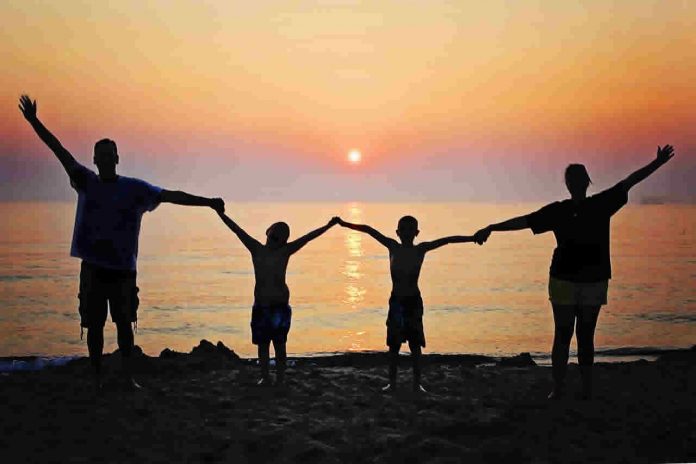
Divers pulled the body of a teenager out of a pond in Lakeside Park in Dayton this week. The local student, his name has not been released, is an 18-year-old that was reported missing on Thursday. Witnesses claim that the boy was struggling to swim.
The pond, an area that was designated for fishing rather than swimming, is a prime example of where not to swim this summer.
Protecting your family this summer means:
Don’t Rely on Lifeguards
Lifeguards save lives every day, but lifeguards are also human. As a parent, it’s important to keep an eye on your children at all times. All it takes is fatigue or a text message for a lifeguard to be distracted long enough that they overlook your drowning child.
Whether at the beach or a swimming pool, it’s important that you always keep a close eye on your children.
“It is estimated that more than 10 people each day die from drowning. Of these, more than 20% of fatalities involve the death of a child under the age of 15. Nationwide, it is estimated that each year more than 100 drownings occur when a lifeguard is present. Of all childhood drowning fatalities, over 60% occur within swimming pools and not in open water,” writes https://mainorwirth.com.
Pay Attention to Local Warnings
Local warnings are meant to protect swimmers from potential dangers at the beach. As a parent, you need to heed these warnings. The flag system may be different in your area, but in general, the flag system will include:
- Red flags which indicate that dangerous conditions exist in the water. When double red flags are present, this means that you should not enter the water.
- Yellow flags mean that there is a moderate danger by entering the water. Only strong swimmers should venture into the water when a yellow flag is present.
- Green flags indicate that the water is relatively safe.
These flag systems are often used at US beaches, but they’re not always present. You’ll want to watch local forecasts and pay attention to the news to see what the weather has in store before going to the beach.
Limit the Use of Flotation Aids
Flotation aids are ideal for training purposes, but it’s vital that you stay near your children at all times rather than relying on flotation devices. The problem with flotation devices is that they give a false sense of security.
And when a child doesn’t know how to swim properly but goes into the deep end of the pool or further out in the ocean, this severely increases the risk of a child drowning.
Take Basic Safety Measures
Swimming isn’t the only danger at the beach. You should have more than enough water to keep your child well-hydrated. If your child is stung by a jelly fish, go to the lifeguard and have them look at the sting.
Sunscreen should also be worn to protect your child from the sun’s damaging rays.
If you follow these basic safety tips, your family will be much safer this year at the beach or swimming pool.
















